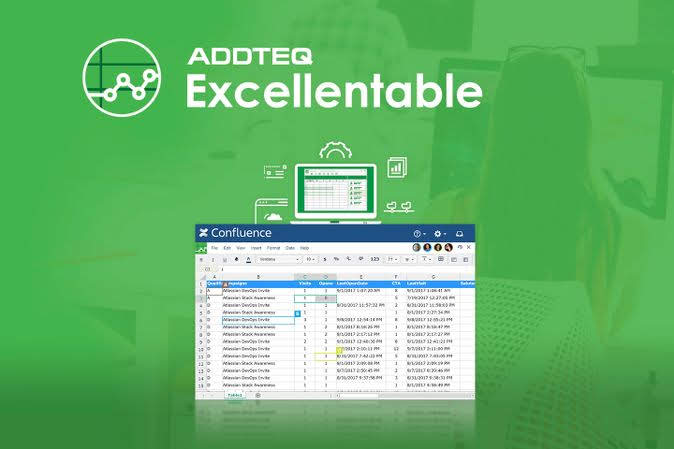Cloud has become an indispensable element for successful digital transformation.
Capitalizing on the cloud’s popularity is Atlassian, with their commitment to Cloud products getting stronger: right from embracing security best practices to enabling platform and network security, ensuring availability and continuity to implementing access control measures, securing endpoints to monitoring assets around-the-clock. Today, security is deeply ingrained into the fabric of Atlassian cloud products, infrastructure, and processes, ensuring data is secure and protected 24×7.
Although security is the cornerstone of Atlassian Cloud products, ensuring data is secure should always be a shared responsibility. Here we share some security tips to ensure that your Atlassian Cloud instance is secure
Security Tips for Atlassian Cloud Administrators
As an administrator, it requires you to take equal efforts in ensuring the unfaltering safety and security of your company’s data.
Here are 7 security tips that can help you in strengthening the security of your Atlassian cloud ecosystem:
- Get a good grasp of the cloud application landscape: For organizations that use a melee of Atlassian Cloud products, the cloud landscape can get extremely complex. If you want to maintain and improve the security of your cloud ecosystem, you need to be well-aware of all the small and big components that constitute the landscape. This means having knowledge of the different cloud products you are using, the users who are using those products, the cloud policies that are in place, as well as information on the required disaster recovery mechanisms, in case something goes wrong.
- Enable centralized visibility and management: If your organization is using several Atlassian Cloud products, monitoring security and updating policies for each product is a time-consuming process. Instead, by enabling centralized visibility and management, you can easily monitor the security position of each product through a single pane of glass. Any changes that happen with respect to IP addresses, compliance and governance frameworks, or unfamiliar access can easily be detected, and necessary action can be taken to bring down the risk of insecure configurations, new network threats, data infiltration, or more.
- Set up automated user provisioning and de-provisioning: User provisioning (and de-provisioning) is a critical aspect to consider in the security program. Although manually provisioning users is a plausible option, automated provisioning can help in automatically creating user identities and roles in the cloud. Such provisioning can also monitor users, edit or remove them as status or roles change – thus maximizing the efficiency and accuracy of the provisioning process. It also helps you have a single set of policies, so you can determine which users can have access to which solutions.
- Establish robust authentication policies and limit admin access: Cloud, like any modern technology, is extremely vulnerable to attack and misuse. Therefore, establishing robust authentication policies can help in containing high-privilege credentials and limiting access to selected users, devices, or services. Based on the level of authentication you want to provide; you can assign different authentication levels to different users – reducing the need to track access to resources for individual accounts as well as prevent malicious users from accessing resources through credential theft.
- Adopt single sign-on: Integrating single sign-on (SSO) with Atlassian Cloud products can help you in taking the security of your business a notch higher. By using a single login for multiple applications, you can simplify the login for your users while simultaneously improving security. Users can authenticate to different Cloud products and access multiple tools with the same set of credentials. If SSO is not available, you can also alternatively implement two-step verification to keep your accounts safe; if the password to one account is compromised, you can still ensure secure access via a different account.
- Have strong password policies: Having strong password policies in place is also a great way of ensuring secure access to Atlassian Cloud products. Acting as a strong frontline defense to critical business or user information, a strong policy can help in safeguarding access to products. Equally important is educating users about the security risks they face and the need for using strong passwords to protect themselves from scammers and hackers.
- Regularly review activity logs: In addition to all the above measures you take, regularly reviewing your activity logs can also help in reinforcing security. Such a review can help in evaluating how Atlassian products are being used by your users as well as keeping a tab on suspicious activity or behavior. If anything appears to be out of the ordinary, you can easily take quick action to curtail the impact of the imminent threat.
There is no doubt about the fact that embracing Atlassian Cloud can open doors to a world of new and improved opportunities and take your organization to the next level of performance (and excellence). But with every technology implementation, the threat landscape gets increasingly large. Ensuring the right levels of security is critical to ensure data is secure 24×7. Although Atlassian drives constant efforts in updating and upgrading the security of its cloud products, security needs to be a shared responsibility. As an administrator, you also need to put in equal efforts in holistically managing your Atlassian cloud products: this includes getting a good grasp of your cloud application landscape, enable centralized visibility, set up automated provisioning, establish robust authentication, adopt SSO, have strong password policies, and regularly review activity logs.




